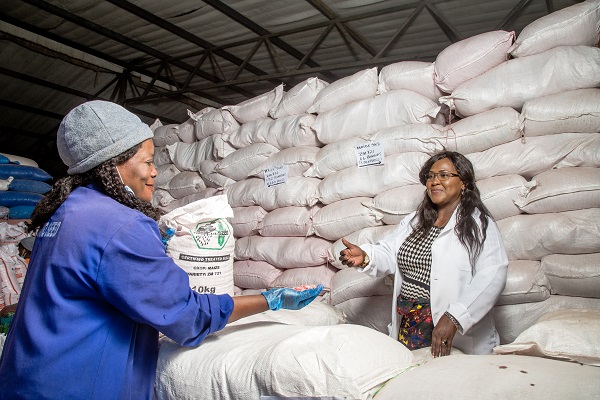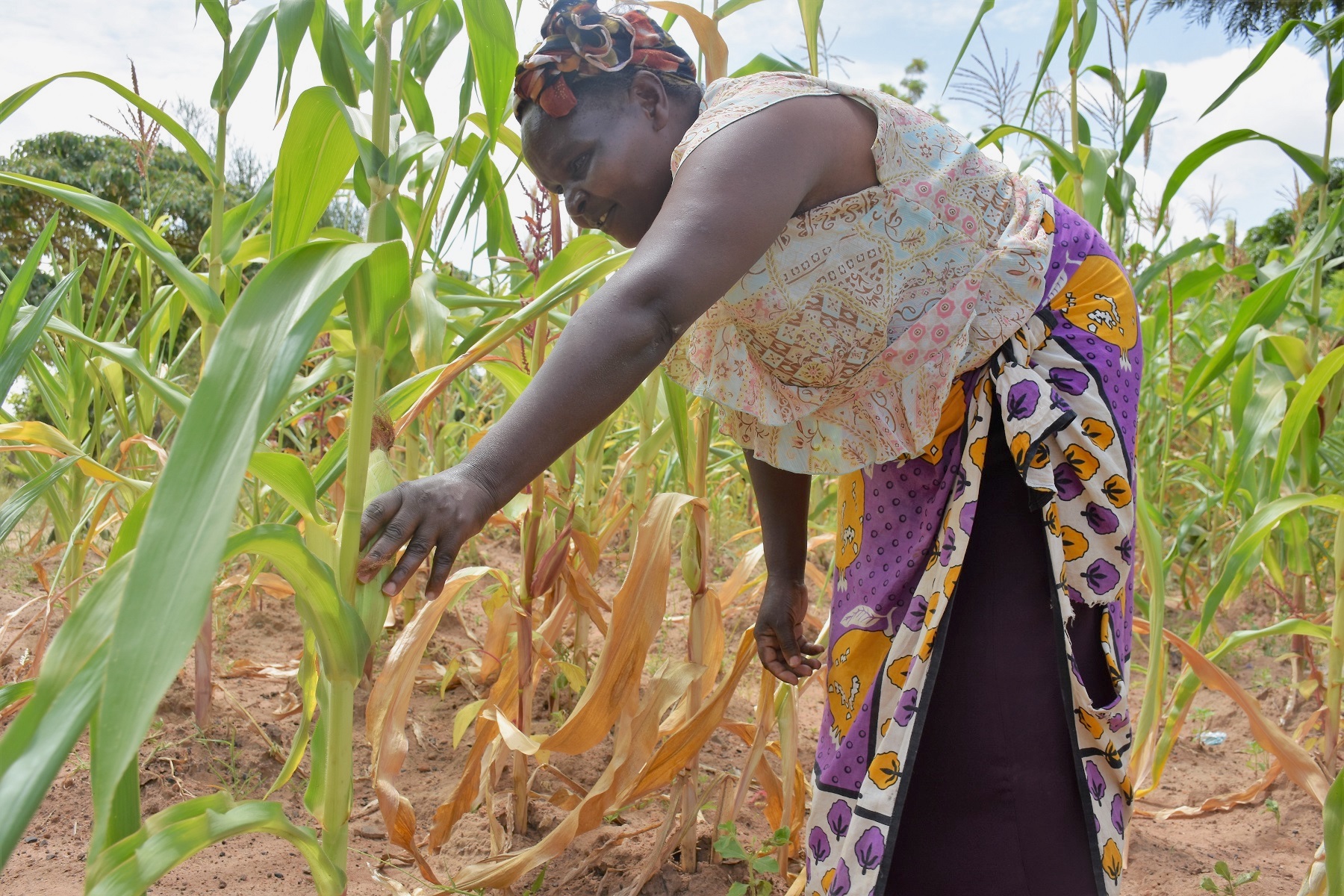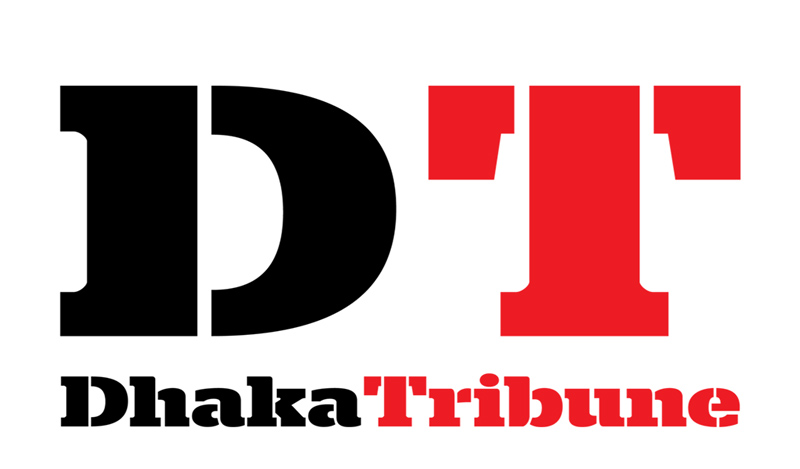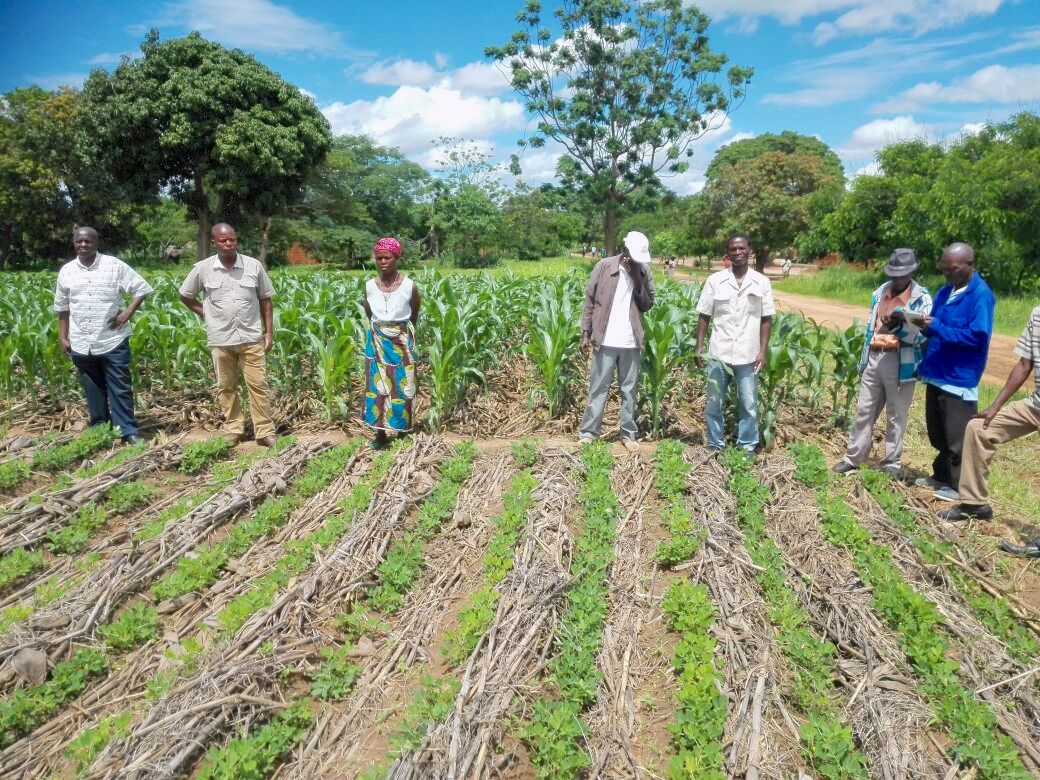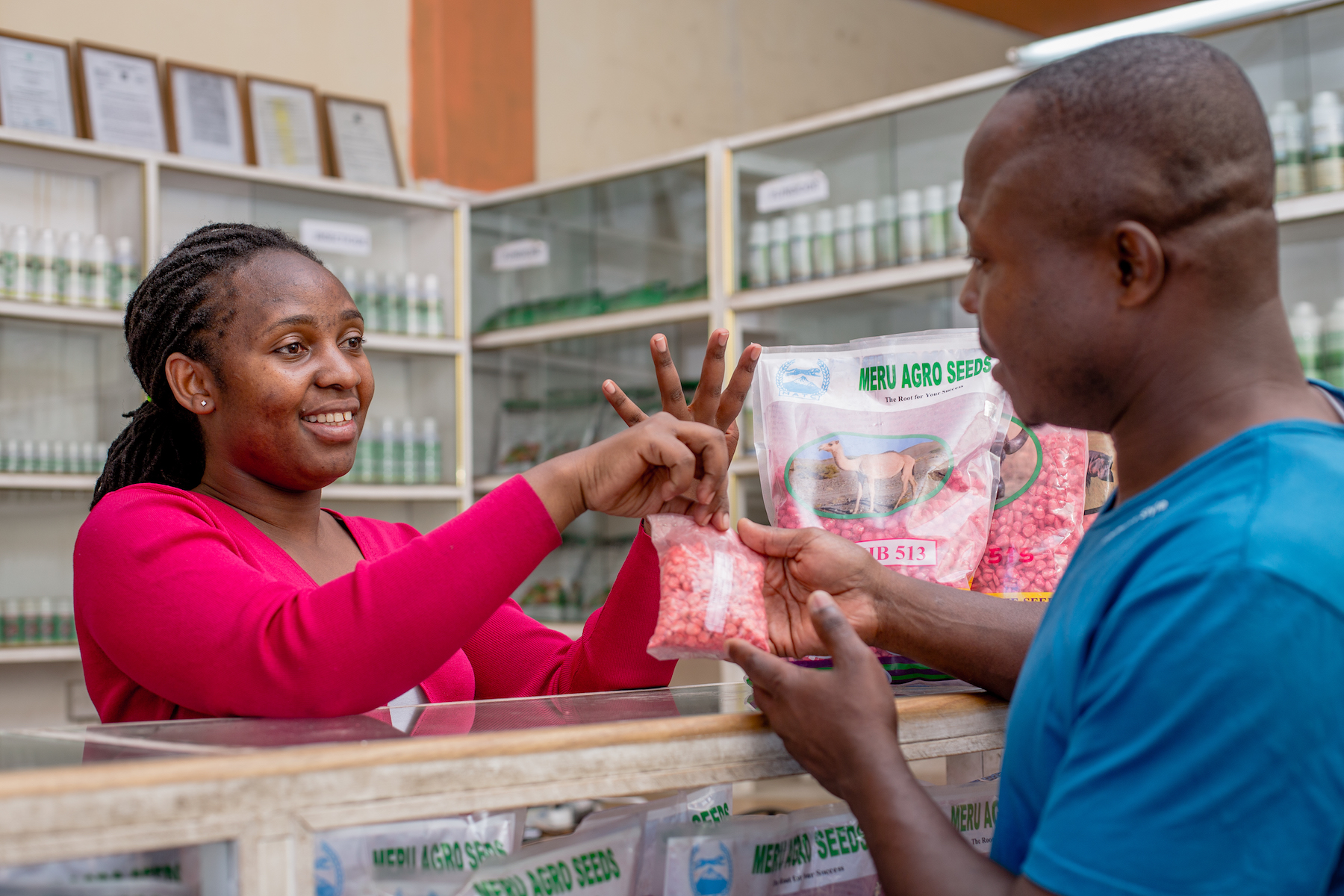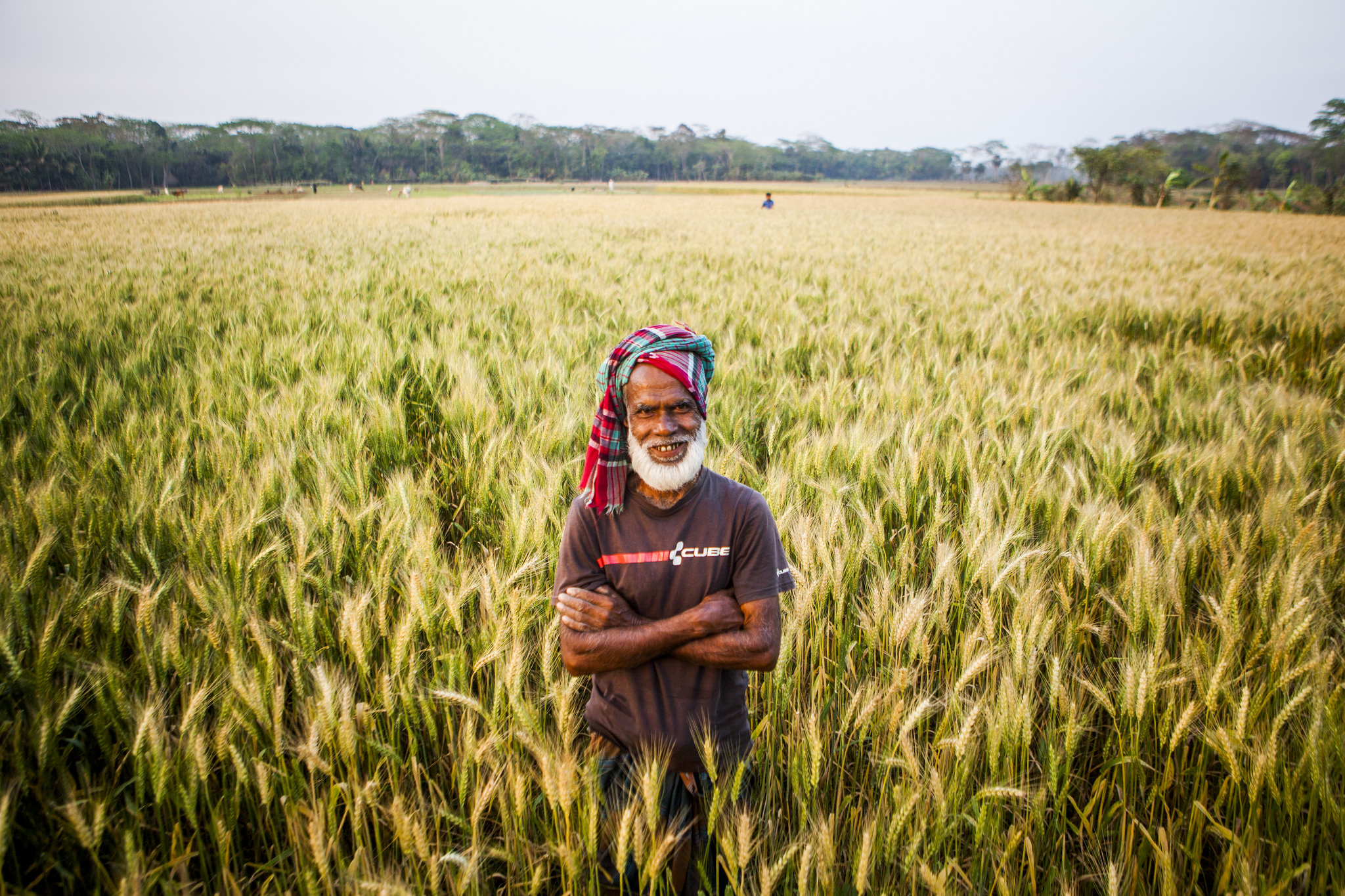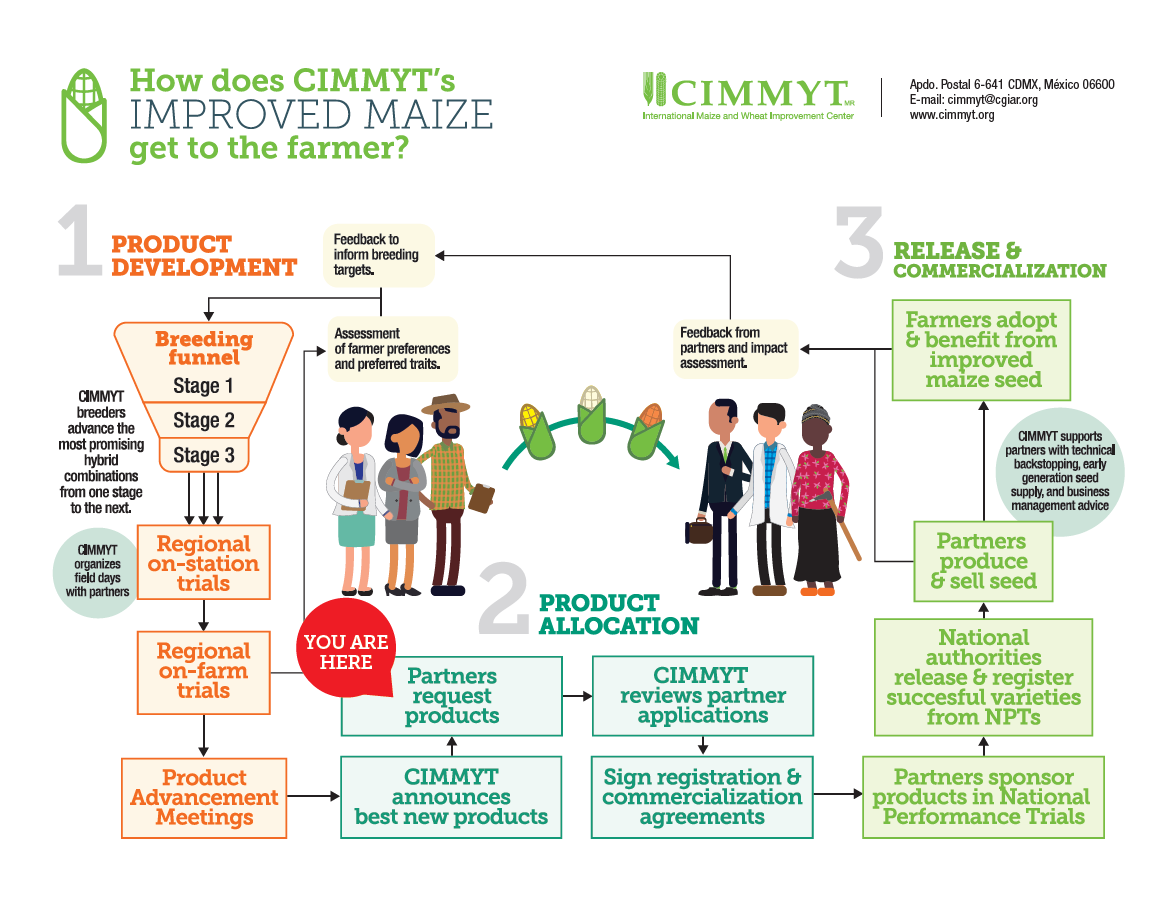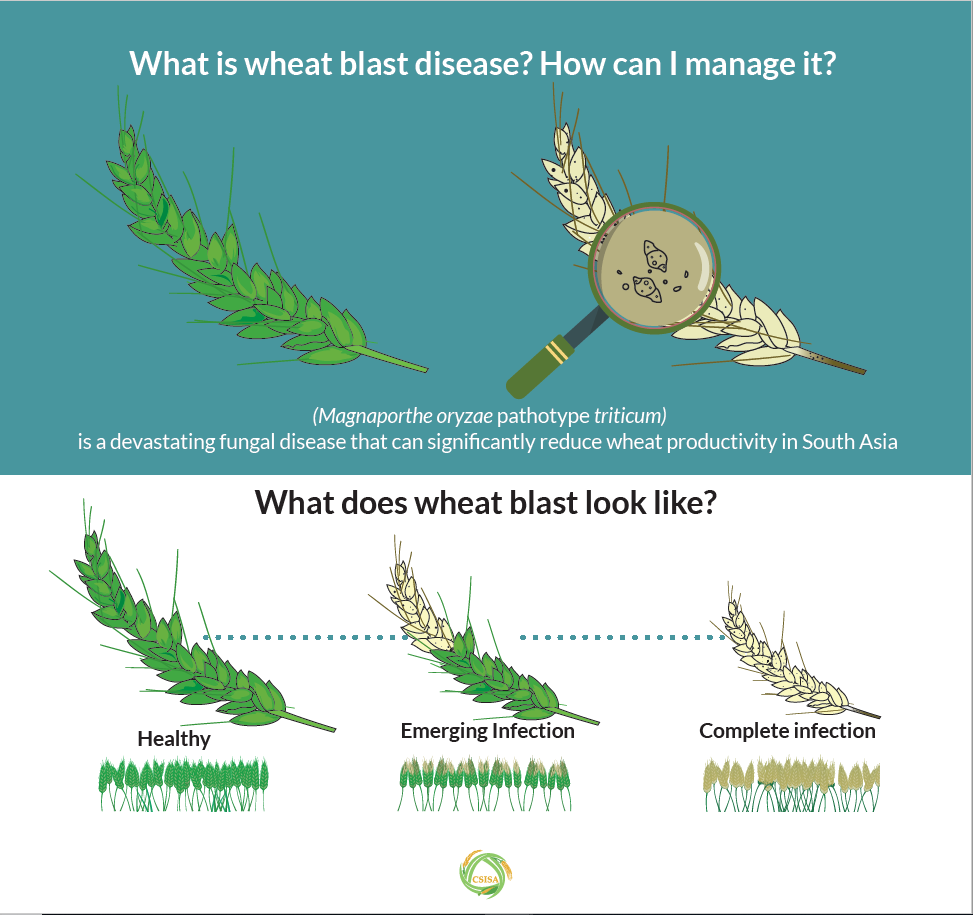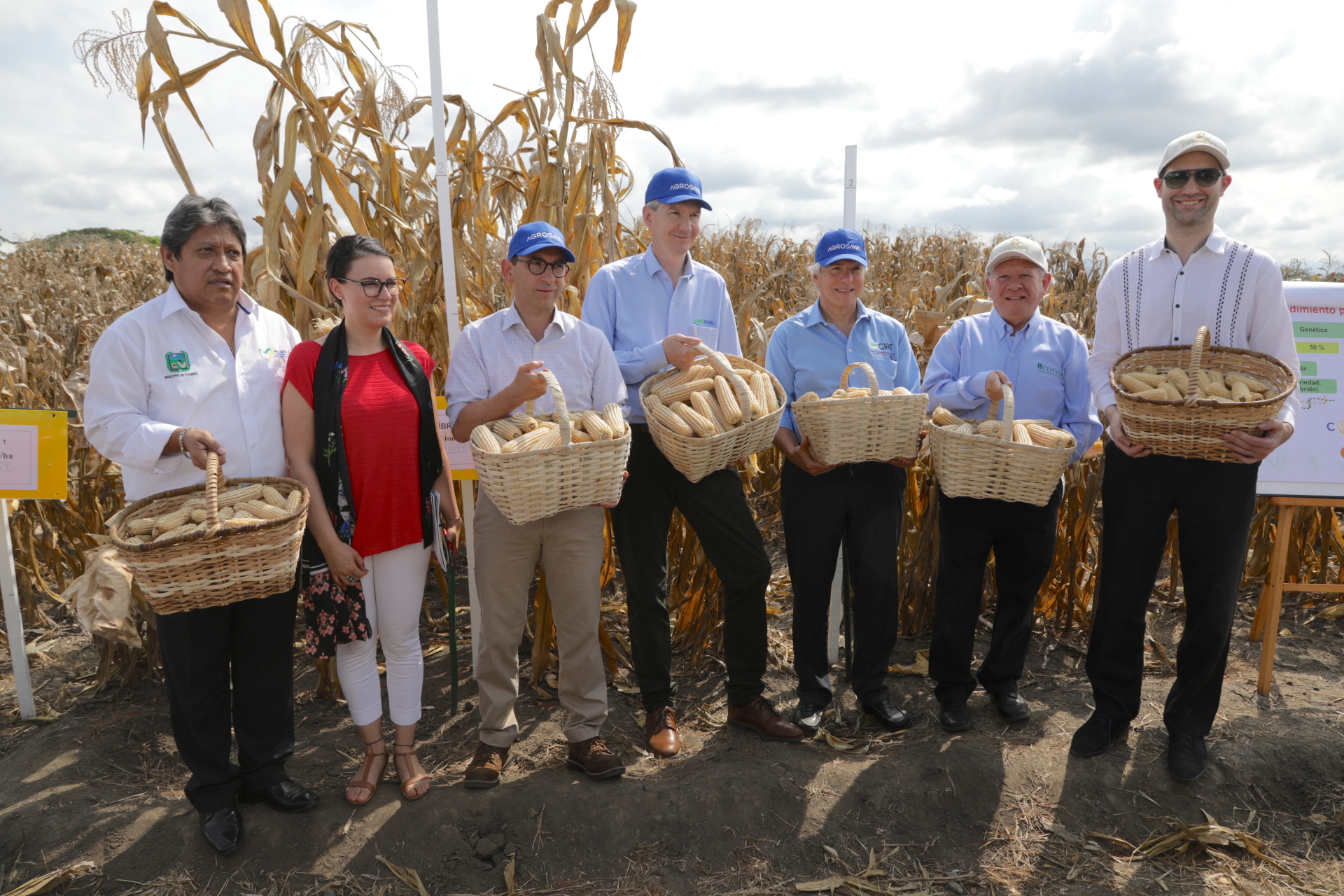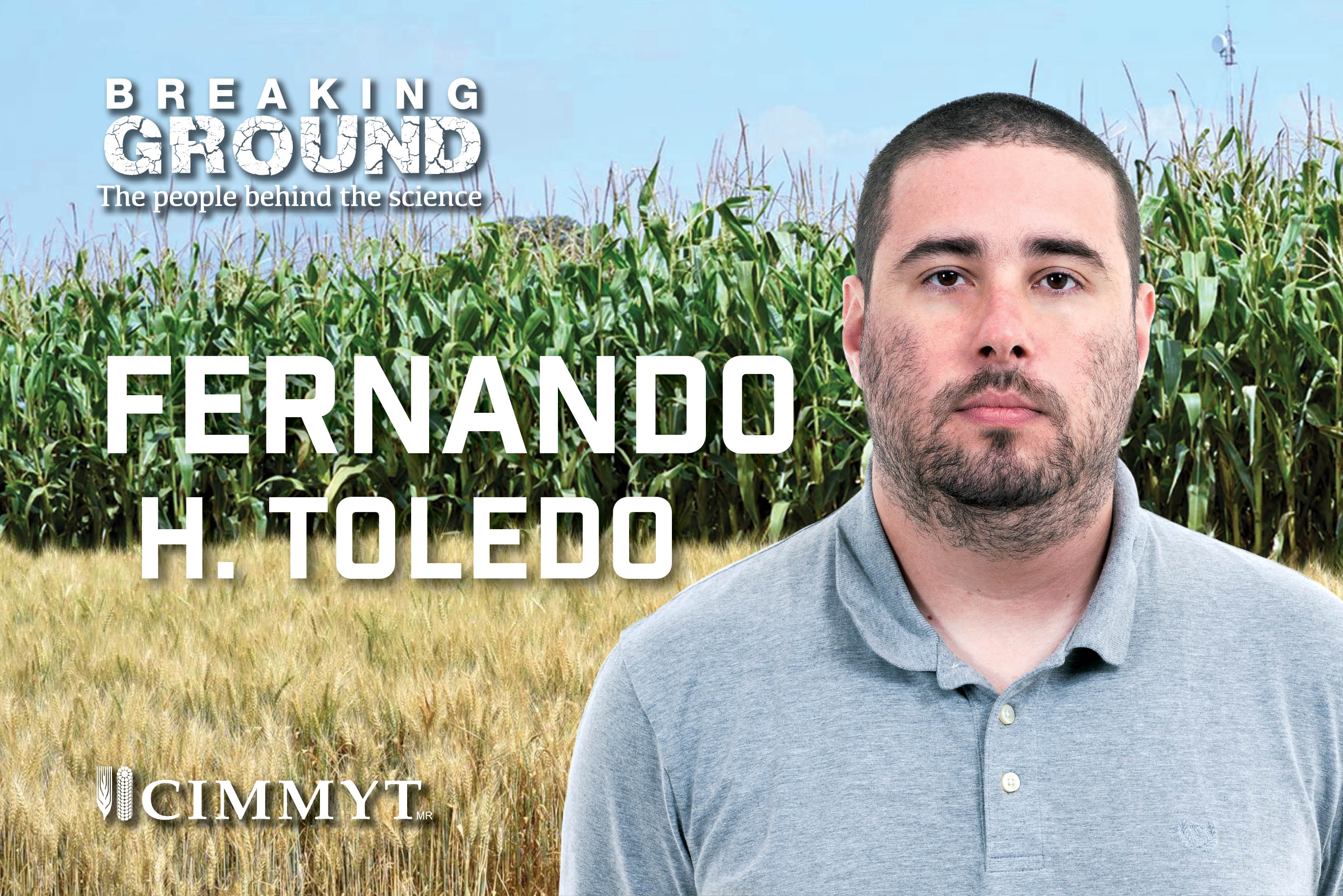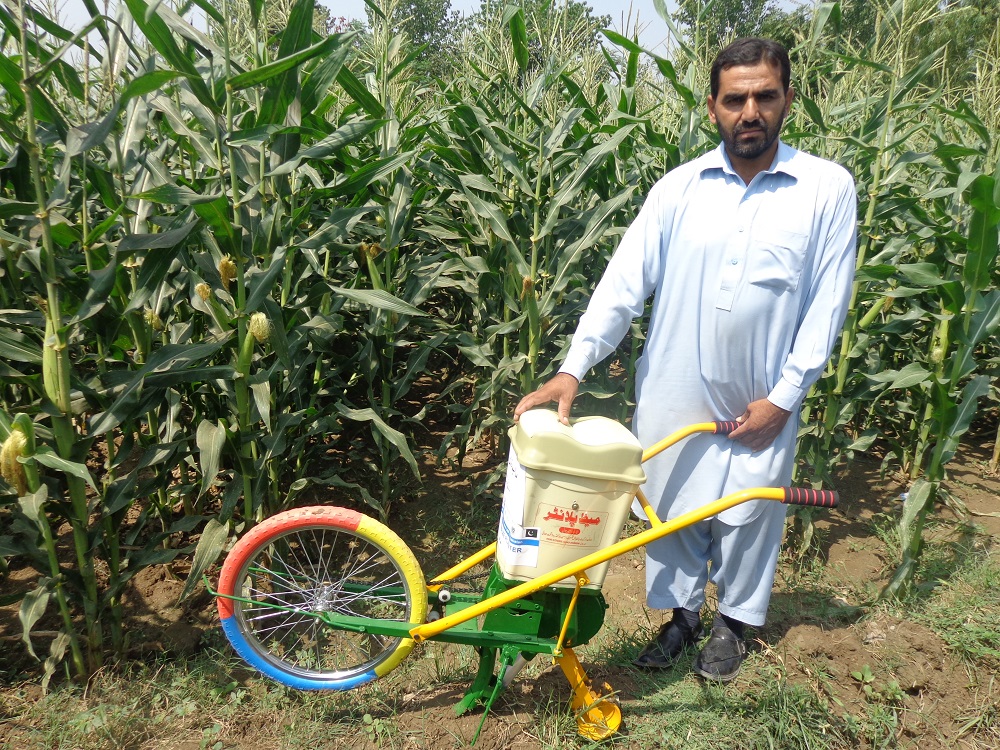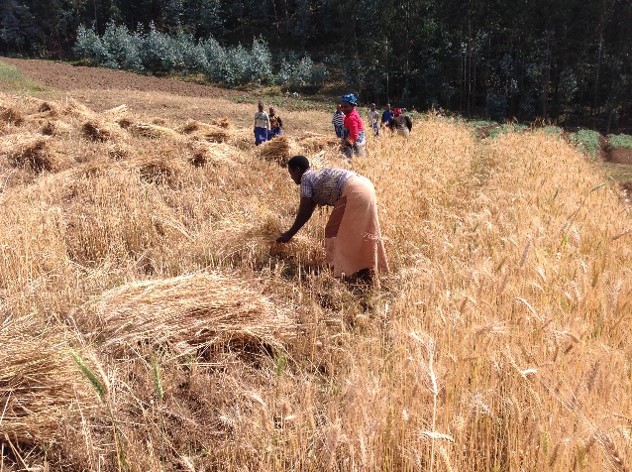Nutrition, health and food security
As staple foods, maize and wheat provide vital nutrients and health benefits, making up close to two-thirds of the world’s food energy intake, and contributing 55 to 70 percent of the total calories in the diets of people living in developing countries, according to the U.N. Food and Agriculture Organization. CIMMYT scientists tackle food insecurity through improved nutrient-rich, high-yielding varieties and sustainable agronomic practices, ensuring that those who most depend on agriculture have enough to make a living and feed their families. The U.N. projects that the global population will increase to more than 9 billion people by 2050, which means that the successes and failures of wheat and maize farmers will continue to have a crucial impact on food security. Findings by the Intergovernmental Panel on Climate Change, which show heat waves could occur more often and mean global surface temperatures could rise by up to 5 degrees Celsius throughout the century, indicate that increasing yield alone will be insufficient to meet future demand for food.
Achieving widespread food and nutritional security for the world’s poorest people is more complex than simply boosting production. Biofortification of maize and wheat helps increase the vitamins and minerals in these key crops. CIMMYT helps families grow and eat provitamin A enriched maize, zinc-enhanced maize and wheat varieties, and quality protein maize. CIMMYT also works on improving food health and safety, by reducing mycotoxin levels in the global food chain. Mycotoxins are produced by fungi that colonize in food crops, and cause health problems or even death in humans or animals. Worldwide, CIMMYT helps train food processors to reduce fungal contamination in maize, and promotes affordable technologies and training to detect mycotoxins and reduce exposure.
International Women’s Day 2019: Women in seed systems in Africa
 Gender equality, youth and social inclusion
Gender equality, youth and social inclusion
These entrepreneurs are breaking social barriers while improving household nutrition and livelihoods.
Drought-tolerant hybrid seed offers farmers reprieve from hunger
 Capacity development
Capacity development
Farmers are reaping the benefits of SAWA hybrid, an improved maize seed variety designed to withstand drought conditions.
Fighting the fungi that destroy wheat
 Innovations
Innovations
Source: Dhaka Tribune (2 Mar 2019)
CIMMYT researchers propose long-term solutions to fighting wheat blast, including a diagnostic tool for wheat blast surveillance and a platform for open data and science to combat the fungus.
Policy forum in Mozambique recommends scaling sustainable agriculture practices
 Capacity development
Capacity development
Unsustainable farming practices like monocropping are impacting soil health and reducing the productivity of farms.
The missing seed market
 Gender equality, youth and social inclusion
Gender equality, youth and social inclusion
A new guidebook promotes improved seed and farming technologies for men and women, with the goal of increasing adoption rates.
Assessing the effectiveness of a “wheat holiday” for preventing blast in the lower Gangetic plains
 Nutrition, health and food security
Nutrition, health and food security
Policy to encourage alternative crops for wheat farmers in South Asia a short-term solution at best, say CIMMYT researchers
New CIMMYT pre-commercial maize hybrids available from eastern and southern Africa breeding programs
 Nutrition, health and food security
Nutrition, health and food security
CIMMYT is offering a new set of improved maize hybrids to partners, to scale up production for farmers in these areas.
New infographics illustrate impact of wheat blast
 Nutrition, health and food security
Nutrition, health and food security
They show how wheat blast spreads, its potential effect on wheat production in South Asia and ways farmers can manage it.
Women’s equality crucial for Ethiopia’s agricultural productivity
 Capacity development
Capacity development
Source: The Reporter (16 Feb 2019)
A new report shows that gender inequality in Ethiopia is hampering efforts to reach the government’s goal of wheat self-sufficiency by 2022.
New partnership announced for sustainable maize production in Colombia
 Nutrition, health and food security
Nutrition, health and food security
The project will develop maize varieties adapted to the country’s farming conditions and will promote sustainable intensification practices among farmers.
Breaking Ground: Fernando H. Toledo researches new models of analysis under simulated scenarios
 Climate adaptation and mitigation
Climate adaptation and mitigation
Toledo’s research is multidisciplinary — it involves genetics and breeding knowledge, as well as statistics and computer science.
Experts analyze food systems at EAT-Lancet Commission report launch in Ethiopia
 Climate adaptation and mitigation
Climate adaptation and mitigation
Government officials, researchers and experts developed a list of recommendations going forward.
Precision planters boost maize yields in Pakistan
 Innovations
Innovations
In the northwestern province of Pakistan, CIMMYT is helping connect farmers with precision planters to support higher maize yields and incomes.
Smallholder wheat production can cut Africa’s costly grain imports
 Nutrition, health and food security
Nutrition, health and food security
Scientists are working to catalyze local farming and help meet the rapidly rising regional demand wheat.
Cobs & Spikes: Jump-starting Haiti’s maize seed sector
 Capacity development
Capacity development
In 2017, CIMMYT sent 150 tons of new and improved maize seed to the Caribbean nation to jump-start its maize seed sector, improve food security and decrease malnutrition.
